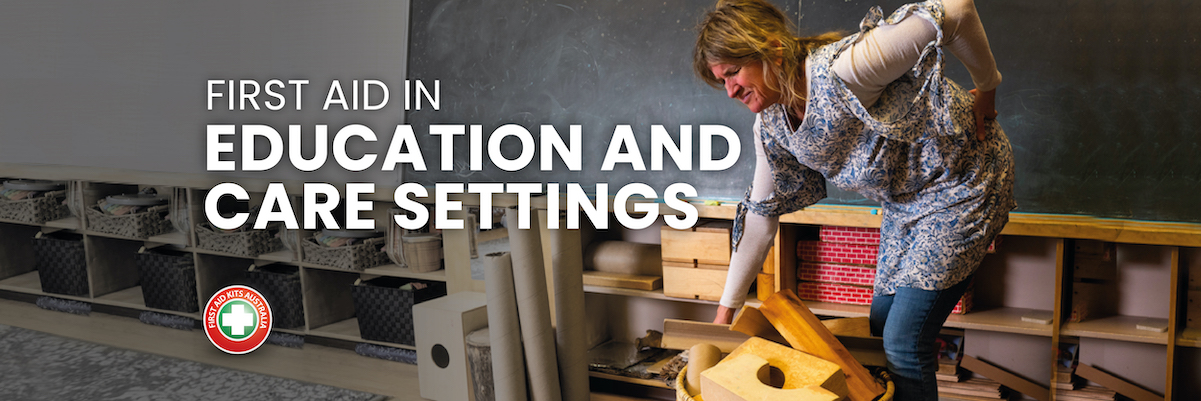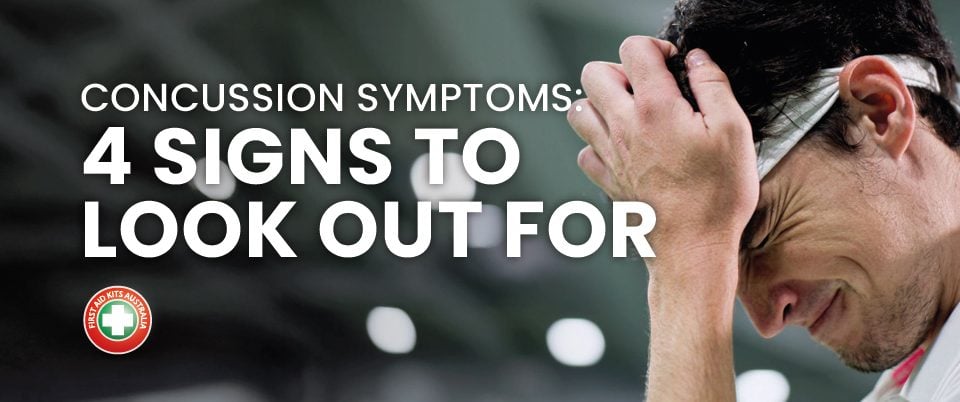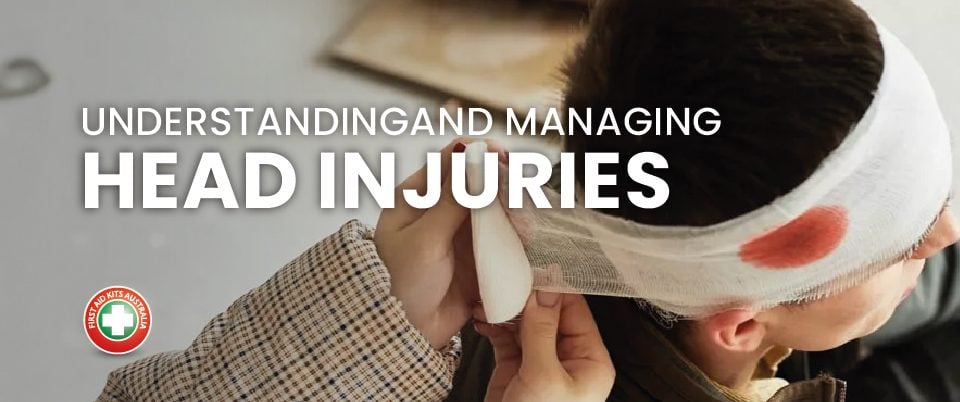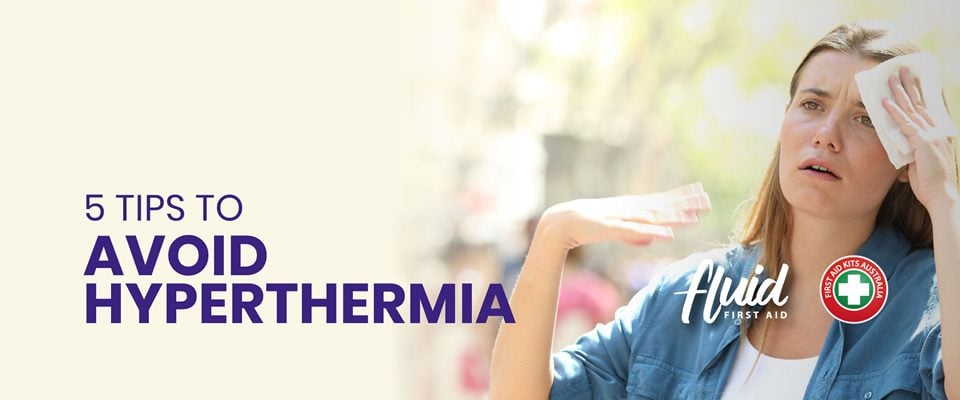
First Aid Tip: Treating Wounds
7 July 2022
Keep your Club Safe with these Australian Sports Grants!
2 August 2022So, let’s learn how you can protect children from harm and maximize their opportunities for growth and learn.
What are the most common accidents in education and care settings?
- lifting, carrying children or objects
- falls due to stumbling on kids toys
- working at low levels; such as on the floor or on children’s furniture
- communicable diseases
All workplaces have a duties to maintain a working environment that is safe and free of risks to health. Also, there are some things you could do to prevent injuries at work, like:
- Keep a tidy work environment free of loose objects on the floor
- Use equipment properly, for example use a stable ladder to put artwork up
- Follow manual handling procedures when you bend, twist or reach objects
- Sanitize toys daily to prevent the growth of viruses and bacteria that can cause illnesses and odours.
- Have an appropriated Childcare or School First Aid Kit ready to be used
- Have at least one staff member with up-to-date CPR and first aid training present at all times in case of emergency.
If we now shift the focus to children, here are the most common childhood injuries:
- bumps from falls, such as tripping when running or falling from a bike
- burns, caused by hot water, fire or exposure to sun
- poisoning from touching, swallowing or breathing in harmful substances such as medicines, glue or cleaning products
- drowning
Also, there are some injuries that are related to the child’s age. For example, toddlers are most susceptible to choking and poisoning , preschoolers to drowning and burns or scalds, and school-aged children to pedestrian accidents.
Indoor and Outdoor Childcare and School Safety Tips
Indoor Safety
Set up a safe space where children can explore and play safely. Some things to keep in mind:
- Remove sharp or breakable items out of children’s reach
- Cleaning products, medications, and other poisons should be in a locked closet or cabinet
- If you care for children under three years of age, make sure to pack away small toys that could be a choking hazard. Also, teach and enforce mouth safety for young children, drawing a clear distinction that non-food objects shouldn’t be put in mouths.
- Inspect the safety of toys: make sure there are no broken or loose pieces or rough edges
- If the space has a staircase, check doors, gates, or other barriers to prevent children from falling down
- Furniture Safety: check that shelves and other tall pieces of furniture anchored to the wall to prevent tipping. Cover sharp edges and corners of furniture
Do a safety check every morning to ensure the classroom or play area is safe
Also, use Safety as a topic and opportunity to teach children about safe use of toys, tools and equipment such as: safe scissor use, proper use of riding toys and toys not hurled or used as weapons.
Outdoor Safety
Playing outside is an important aspect of children wellbeing. Many school accidents leading to child injuries happen on the playground during recess. The majority of these accidents are caused by lack of proper adult supervision, poorly maintained playground equipment, and/or faulty or broken playground equipment.
Here are some guidelines to keep the outdoor play areas safe:
- Allow children to use playground equipment that is appropriated for their age. For example, infants and toddlers have greater risk of falls on high platforms and tall slides
- Playground surfacing should be soft and resilient to cushion falls. Sand, pea gravel, wood chips/mulch, rubberized surfaces are safe surfaces for playgrounds
- Establish some play rules, like safe distance from moving swings, number of kids per equipment, watch out for others when riding tricycles, etc.
Water Safety
Drowning is one of the biggest causes of death for Australian children under the age of four years.
Here are golden rules for Water Safety:
- Children must be supervised at all times while in a pool or around
- Safe barriers, save lives: ensure gates and doors that lead into a pool are are self closing and self latching
- Learn CPR so you can act in case of an emergency
How to treat a First Aid Emergency at School?
Here are 6 general steps on the administration of emergency assistance to individuals prior to the arrival of emergency medical personnel.
- When confronted with an emergency, it is important that you remain calm and communicate a supportive attitude to the child
- Never leave an ill or injured person unattended. Have someone else call 000 and the parent
- Call 000 immediately for: anaphylactic reactions, severe bleeding, breathing difficulty, broken bones, burns, poisoning, choking, seizure, unconsciousness
- Do not move the child or allow them to walk, bring help and supplies to the individual
- Ask other staff or responsible adults to clear the area of children who may congregate following an injury
- Do not use treatment methods beyond your skill level or your scope of practice. When in doubt, call 000 and ask them to guide you through what needs to be done
First Aid Kits for Childcare, School and Education Settings
Follow the table below and you will find the perfect First Aid Kit for your childcare or school.
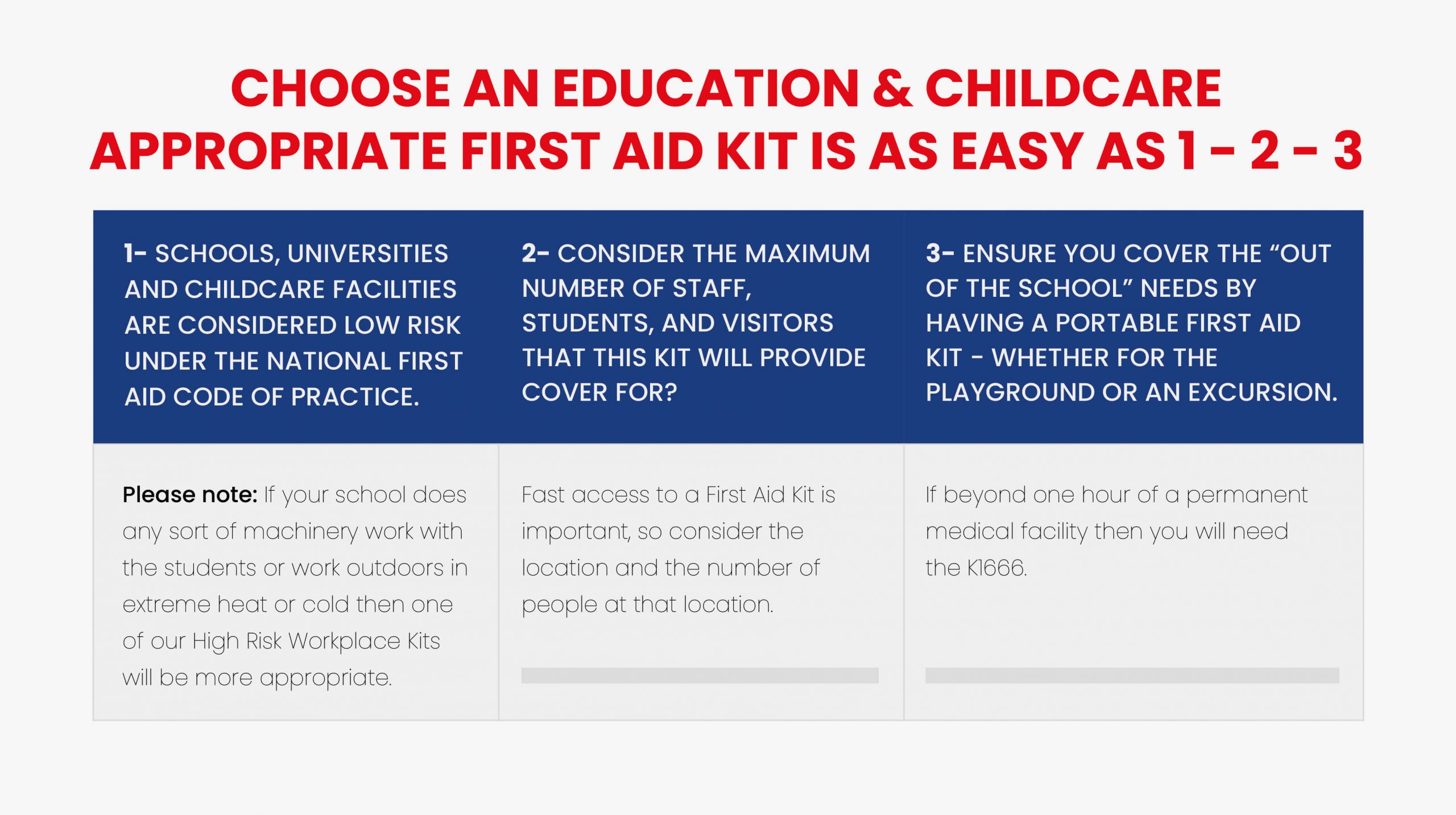
Help Kids Build Confidence if Faced with a First Aid Emergency
Consider offering your kids a course like Heartbeat Heroes which arms kids basic training in what to do if faced with a first aid emergence.


